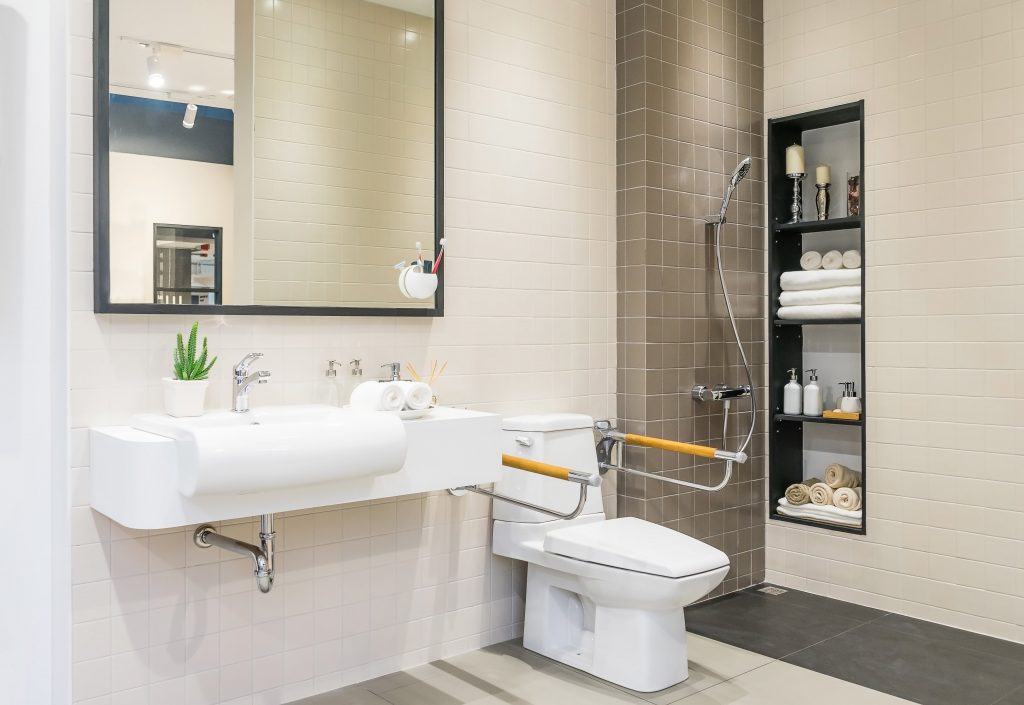Your checklist for planning home adaptions
Making adaptions to your home is a great way of maintaining independence and helping you stay in the home you love for longer.
Here’s a checklist to help you successfully carry out adaptions for your home.
Speak to your local council
Before you start any work, ask your local council for a free care needs assessment to see what they recommend you need in terms of equipment, adaptions, care and additional support. For minor adaptions costing less than £1,000 such as grab rails, short ramps, dropped curbs, lever taps or external lighting, many councils may provide and fit free of charge.
For larger adaptions, usually up to a maximum cost of £30,000 in England, you may qualify for a Disabled Facilities Grant (DFG). The grant is means-tested, which means your income and savings are considered, but it won’t affect any benefits you receive.
And remember, even if you’re not eligible for help from the council, they must still give you free information and advice, about services or equipment that could help you.
Consider help from a Home Improvement Agency
Home Improvement Agencies (HIA) are not-for-profit organisations that offer practical help with adaptions, such as arranging a survey, getting estimates for the work, applying for local authority assistance and supervising the work to completion. To find out whether there’s an HIA in your area, contact your local council’s housing department or the co-ordinating body for Home Improvement Agencies.
Choose the right tradesperson
Often the easiest and safest way to find a tradesperson who will give a quality service, is by asking family and friends for recommendations. Alternatively, you could use TrustMark, the only government-endorsed scheme for all trades in and around the home. This tool allows you to search for reputable organisations and reliable tradespeople using your postcode. Another option is to contact your local Age UK about the ‘Trusted Trader’ scheme or to see whether they offer handyperson services.
Once you’ve compiled a shortlist, it’s recommended that you get more than one quote and check exactly what’s covered by the price. It’s also important to check the tradesperson’s credentials, trade licence, references and make sure you get their contact details.
Shop around for equipment
If you’re buying equipment yourself, it’s best to shop around, especially on the internet for the best deals. Read the customer reviews and ensure a guarantee is provided with the product to give you peace of mind. The Disabled Living Foundation is another good source of information on mobility products or other types of daily living equipment for older and disabled people.

Get the most suitable insurance deal
When all the adaptions have been completed, it’s important that any equipment or alterations are properly protected. Remember to look around for an insurance policy that you believe will meet your needs.
The Adapted Home Insurance Policy from Fish Insurance is designed to ensure that key aids such as fitted adapted and special access bathing facilities, electric and hydraulic hoists and ceiling lifts, access ramps and low-height fittings, are covered. Plus, it covers manual wheelchairs and disability aids, while also offering all the reassurance and protection you might expect from a standard home insurance policy.
For more information on our adapted home insurance policies, call a member of the Fish Insurance team on 0333 331 3770 or visit our webpage.


